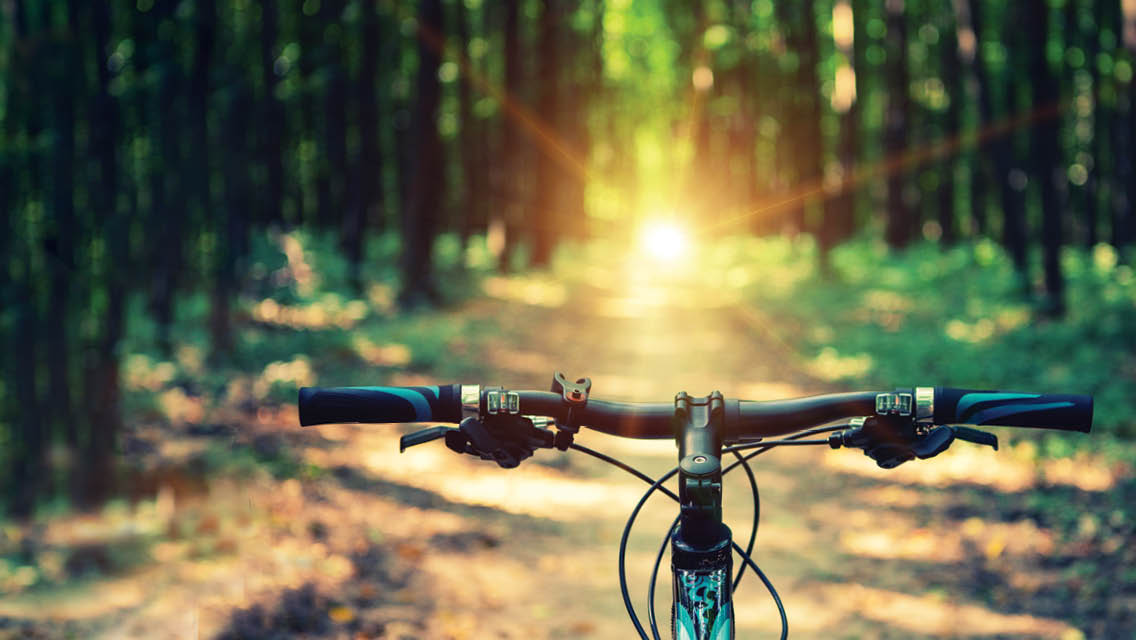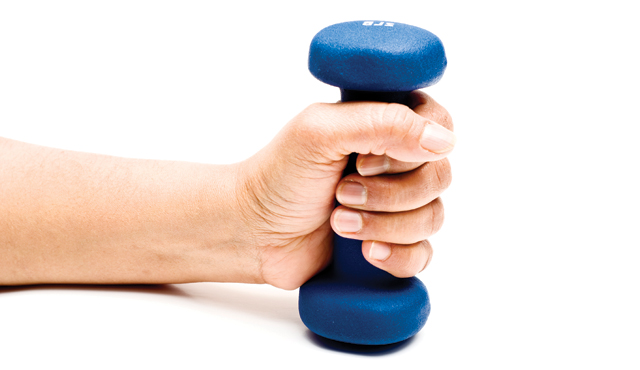The first time I worked out with a personal trainer, I had two pressing questions:
(1) How long will it take until I see results? And (2) how long will it take until this gets easier?
The trainer’s responses were full of exercise jargon, and my sweat-addled brain couldn’t retain the answers. But what I’ve learned as an athlete and a coach in the 20 years since that experience is this:
(1) Seeing results almost always takes longer than I would prefer. And (2) focusing on when an exercise will get easier misses the point.
These days, I ask myself, “Is it time to make this harder?”
Let me explain. Building physical fitness is a cyclical process of doing hard things and adapting to them. Repeat a hard effort enough times and eventually it will feel less hard — “easy,” even. This easiness is a signal that a new challenge is required to keep the adaptation cycle going. This can look like picking up a heavier set of dumbbells or tacking a couple of extra miles onto your bike ride. It might look like trying a new sport or training modality altogether.
To be clear, this does not mean that every workout needs to be an all-out, maximal-effort challenge that makes you stronger by almost killing you. It does not mean that easy movement and easy workouts don’t have a place in your training.
Rather, it is the balance of hard and easy — of intentionally riding the spectrum of effort — that makes fitness magic.
Hard efforts incrementally break down your body, and easy efforts help build you up stronger than before. Hard efforts challenge the mind, and easy efforts give space to bask in your growing sense of resilience.
Practicing movement patterns can improve the efficiency and efficacy of an exercise; in this way, easy movement makes harder efforts not just possible, but safer.
It is the balance of hard and easy — of intentionally riding the spectrum of effort — that makes fitness magic.
For me, the question “Is it time to make this harder?” opened a new avenue for progressing my training. It’s not meant to predict an unknown future or place judgment on what’s yet to come.
Rather, it’s planted firmly in the here and now, looking straight at the task at hand. It has given me an opportunity to check in with myself and make an intentional decision about my next step. Any honest response to the question is actionable data.
The biggest challenge, in my experience, is finding that honest answer. For me, both working with a coach and following a prefabricated program can be great ways to manage work and rest as well as determine when it’s time to up the challenge by increasing speed, weight, training volume, intensity, and so on.
I’ve also learned that approximations around how and when physical adaptations occur might not line up perfectly with my personal experience.
Practicing the check-in process, even when an external force is guiding me, has helped improve my intuition. The more I heeded my internal cues through trial and error, the clearer the messages became.
I’ve been able to tailor programs to help myself progress consistently and safely. I’ve had meaningful conversations with my coach about what my body needs to help me reach goals — and when to redefine them. I’ve succeeded in avoiding burnout and injury without sacrificing progress, even if it’s sometimes slower than I might have liked.
I’ll readily admit that just because this approach works for me does not mean it will work for you. Maybe keeping your eyes on some future prize gives you the motivation you need right now to put in the work. Maybe noticing things getting easier is a marker of progress for you.
But the invitation I offer is this: During your next workout, ask yourself, “Is it time to make this harder?”
It’s not a time- or energy-intensive ask, and you don’t even need to do anything with the answer. I’d go so far as to say the answer itself is secondary to giving yourself the chance to consider the question.
Maybe this line of inquiry won’t change anything. Or maybe you’ll find, as I did, that it can change everything.
This article originally appeared as “It’s Supposed to Be Hard” in the July/August 2022 issue of Experience Life.





This Post Has 0 Comments